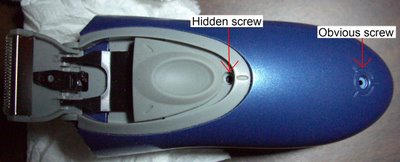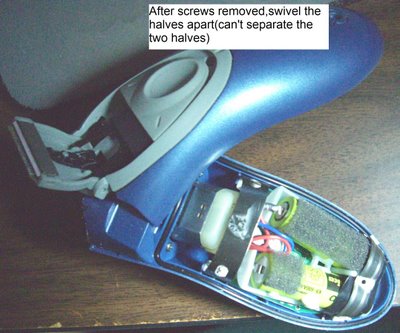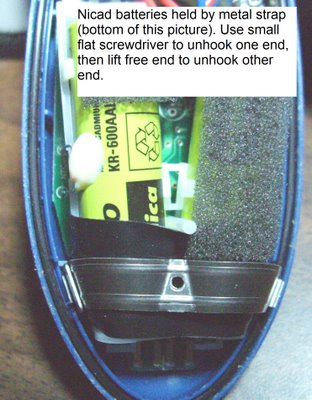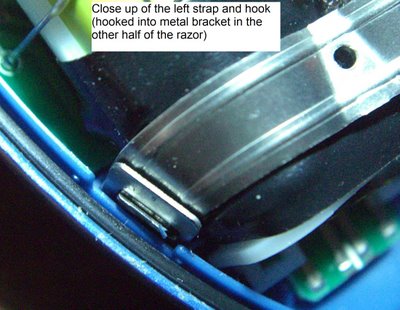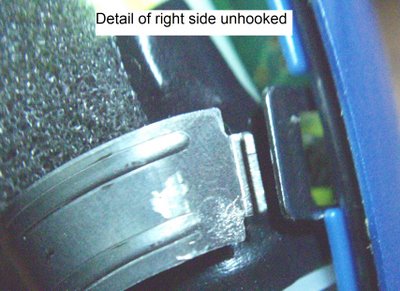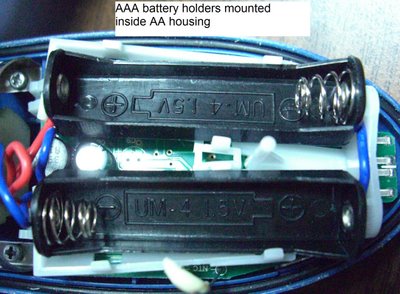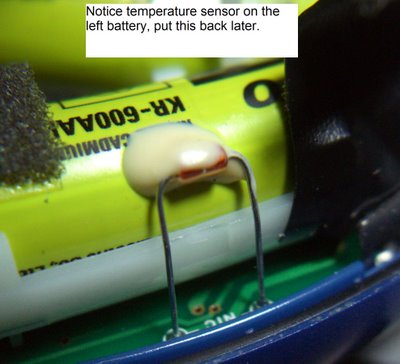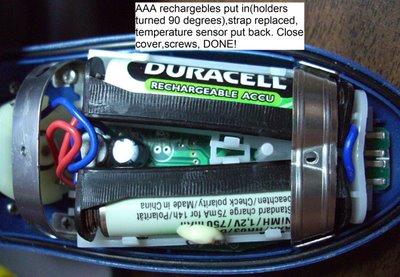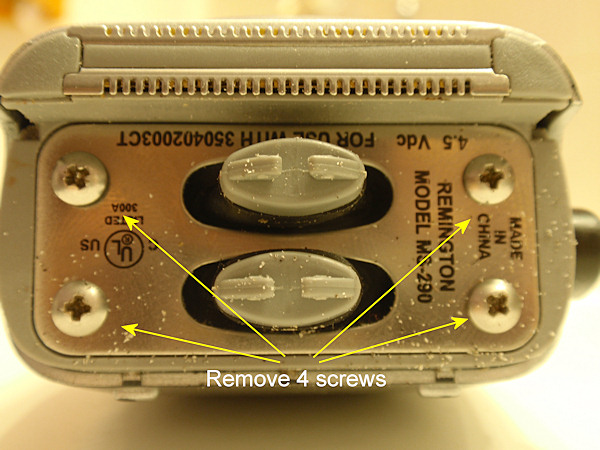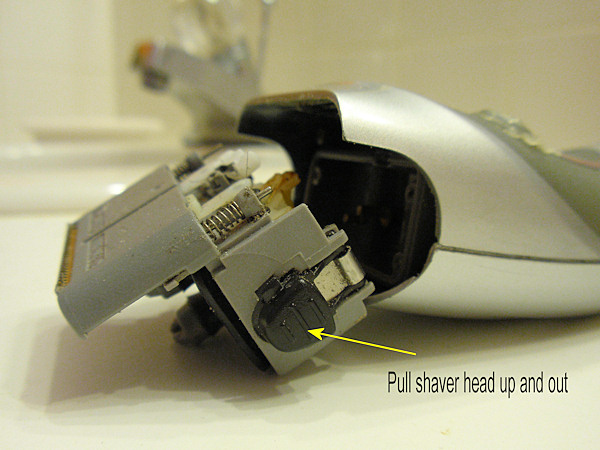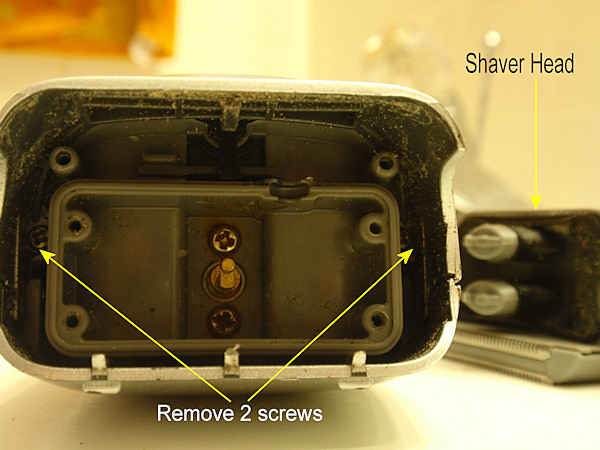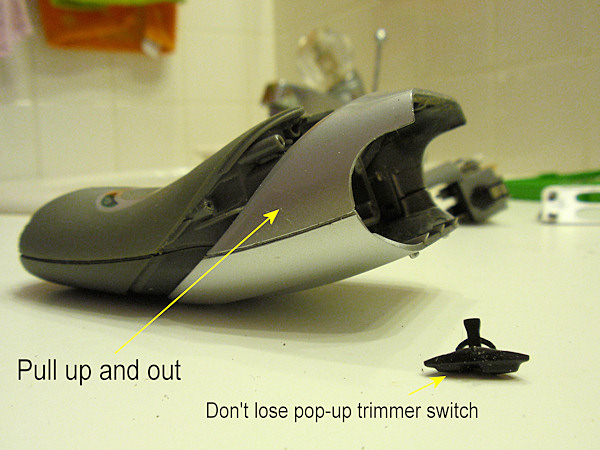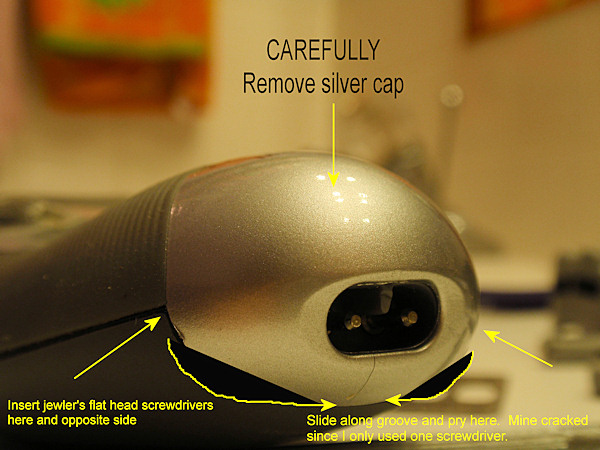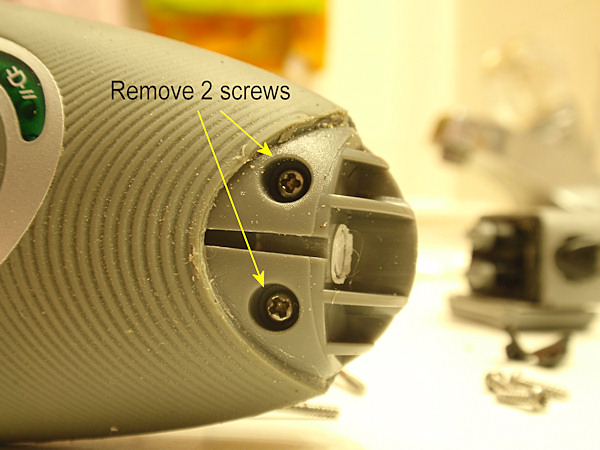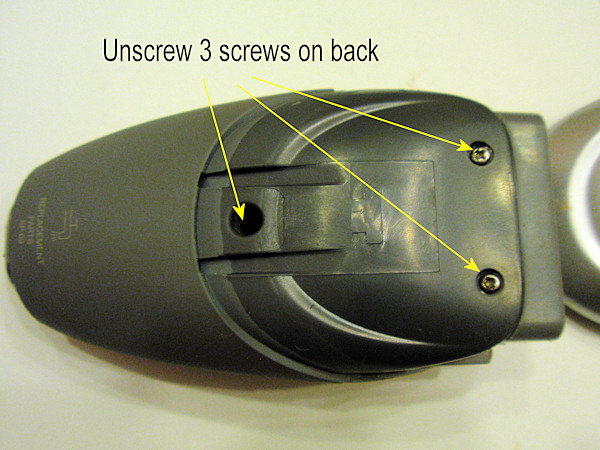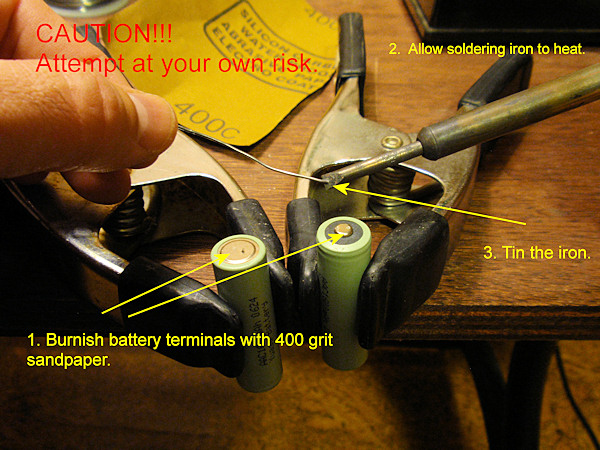A few months ago I did some research and wrote some blog postings about hydroelectricity in Colorado. I had been asked by my friend, Bevan, whether we were failing to take advantage of the hydroelectric power that was available from the rivers in Colorado simply because of the political issues associated with damming our beautiful river canyons. In doing this research, I found that we do, in fact, harvest some of the hydro power and, due to the fact that the flow rates of these rivers are not large or consistent, we would not really gain much power generating capacity even if we extracted all of their theoretical hydroelectric energy.
One of the most fascinating public projects I read about during my hydroelectric research is the Colorado Big Thompson water diversion project. Using a series of tunnels, pipes, canals, reservoirs and pumping stations, this project collects and diverts water from west of the continental divide and brings it to the eastern slope. About 70% of the population of Colorado lives along the Front Range, yet 70% of the precipitation falls on the western side of the continental divide. The C-BT project provides about 213,000 acre feet of water to the eastern slope each year. Nearly all of this water has its energy extracted through a series of electric generating stations with a combined capacity of 162 MW. That’s enough electricity for about 80,000 homes. It also provides enough water for about 425,000 homes. To put it in perspective, the C-BT project delivers more water to the Front Range than both the Big Thompson and Cache la Poudre rivers combined.
An acre-foot of water is about 326,000 gallons. Each household in Colorado uses about .5 acre feet per year which about 13,600 gallons per month. This is about 30% more than the national average, which is due to the need to irrigate our lawns. Colorado has a very dry climate and in order to have a lawn and shrubbery, they must be irrigated. It made me wonder how much water we use for things that are essential compared with uses those that are not essential, such as growing lawns.
A general rule of thumb is that each person in the U.S. uses about 50 gallons of water per day. You can estimate your daily consumption by visiting a USGS site and using their calculator. The calculator uses the following values for personal water consumption:
- Bath: 50 gallons
- Shower: 2 gallons per minute
- Teeth brushing: 1 gallon
- Hands/face washing: 1 gallon
- Face/leg shaving: 1 gallon
- Dishwasher: 20 gallons/load
- Dishwashing by hand: 5 gallons/load
- Clothes washing (machine): 10 gallons/load
- Toilet flush: 3 gallons
- Glasses of water: 8 oz. per glass (1/16th of a gallon)
Another way measure your household’s water consumption is to look at one of your water bills from a winter month. I found that our water consumption comes out very close to the estimate of 50 gallons/person per day. The real shocker for me was looking at a summer water bill and comparing it to a winter water bill. Our summer water consumption goes up by a factor of 10! For about 4 months out of the year we need to run the sprinkler system and its water consumption dwarfs the amount of water for personal use during those months. Overall, watering our lawn for those 4 month accounts for more than 65% of our annual water consumption!
I began to wonder what this is costing us so I began to study our water bills. Interpreting utility bills is not always easy. There are sometimes so many charges that it’s hard to tell what drives the overall cost. I had to call our city’s water department to figure out how the charges are computed. In the case of our water bill, there are three charges. The first is for the storm sewer, which is based on the size of the property. The second is for the regular sewer bill, which is determined by water consumption during a winter month to eliminate the effect of irrigation water, which doesn’t return to the sewer. The last is the cost of the water used based on a meter reading to measure actual water consumption. Included in the water charge is a flat connection charge, which is around $8/month. When you combine the two sewer charges of $18 with this $8 charge my water bill is already at $26/month before I’ve purchased my first gallon.
The cost per 1000 gallons of water in Greeley is $2.41, which is about the average in U.S.. That’s up about 40% from what we were paying 6 years ago, so it’s been increasing faster than inflation. For those of you in other countries who measure water in cu. meters, there are about 264 gallons per cu. meter.
I visited the manufacturer’s web site for my sprinkler system and found out that each 360-degree sprinkler nozzle uses about 3 gallons per minute. The quarter and half nozzles use proportionally less water per minute. I have 9 sprinkling zones each with a total of about 5 “360-degree equivalent” heads, so when I’m watering my lawn, I’m using about 15 GPM. My watering cycle takes 3 hours so that comes out to 2700 gallons. At the $2.41/1000 gallon cost, it costs about $6.50 each time the sprinkler cycles. We’re restricted to 3 days a week that we can water the lawn, so that adds about $80/month for watering the lawn in the summer time. Now that I know how much each watering costs, I’m being more vigilant about using the timer’s ‘rain’ button to suspend watering when we’ve just gotten some rain. I’ve even been looking at the weather forecast to see if it makes sense to skip a cycle if rain is predicted.
Sometimes people have asked if we can do something more intelligent when it comes to watering lawns, such as using ‘gray water’, i.e., the water that would normally be sent to the sewer and directing it to water the lawn instead. That might work for water that is lightly contaminated such as water from a shower or dishwasher, but there is no easy way to separate that from the other contaminated water that you (and your neighbors) wouldn’t want on your lawn. We also need to consider that waste water from inside the house is eventually treated and put back in rivers where it can be used downstream. Also, now that I know that it takes 10 times as much water to keep the lawn green as the amount we need for personal use, I can see that recycling gray water would hardly put a dent in one’s overall water consumption.
How about collecting rain water from the roof and other surfaces and storing it? In my case, only about a third of our 1/2 acre lot has grass on it. The rest is covered with impervious surfaces like the house, concrete patios, the driveway, and landscaping rock. If it were possible to capture the rain water, would this work to offset or even eliminate a watering bill? I did the calculations and there does appear to be enough precipitation that falls on this lot (about .5 acre-foot per year) to supply all of our watering needs. However, to store and treat this water would not be practical. A single lawn watering takes 2700 gallons which comes out to 8000 gallons per week. Since it can sometimes go for weeks without any significant rain during the summer, we’d likely need a 20,000 gallon storage tank to store $50 worth of water. Then you have to consider that it would take chemicals to keep it from turning into a bacteria pond and it’s easy to see why cisterns have never proved to be very popular when tap water is available. There are even laws about capturing one’s own rain water in Colorado since water rights and property are separate and so it is against the law to capture and hold your own property’s rain water. Here’s an article about water harvesting in Colorado that contains more information about it.
The other option is
xeriscaping which means having a lawn with plants that can survive with no supplemental irrigation water. However, this is not always possible and the attractiveness of this approach will no doubt vary with the eye of the beholder. My friend Peter lives in a subdivision where the covenants require the residents to have a certain percentage of green grass in their lawns. Some people say that they love the look of natural desert, but to be honest, it’s only beautiful at a distance. The natural ground cover on Colorado’s Front Range is mostly noxious weeds full of pointy things that will pierce your skin. There is not much attractive about what grows on Colorado’s Front Range naturally. Most people think of Colorado as beautiful mountains filled with Aspen and pine trees. That all starts about 30 miles to the west. Most of us live on the plains.
The availability of water is starting to limit growth in this area and if we get a serious drought, it will likely cause a further restrictions on new growth. The new water tap connection fees are already in excess of $14,000 per home in Greeley.
People like living in dry climates because it’s almost always sunny and there’s very little humidity. But we all need water to survive and to create an attractive environment. We all like having green grass and shade trees nearby. We have plenty of land in Colorado for future growth, but not enough water to support unrestricted growth. Every gallon of water I conserve will likely get used up by some new construction project that is enabled by the water’s newfound availability. It’s quite a dilemma about what to do when it comes to water conservation. Everyone wants to do their part, but if the reward for it is more growth and more people, then that takes some of the incentive out of it. We could grow the population of Colorado until we’re all walking around in stillsuits, but what good would that be?
Having said that, I do realize that certain industries like construction depend on new growth to survive. I hate to be like the people who, once they have found a promised land, put up a no trespassing sign and tell everyone else to stay out. That’s not an uncommon sentiment to hear people express in this area. The city of Boulder has had an anti-growth policy for many years. Everyone wants to be the last one in.
Colorado is somewhat unique among the dry western states because we have areas in the state that get in excess of 50 inches of precipitation per year and areas that get less than 10 inches per year. Most of the areas where people live get between 10 to 15 inches per year, which is not enough to grow much more than cactus, thistles, and tumble weeds. To put it in perspective, states east of the Mississippi get between 40 to 50 inches of precipitation per year and it’s quite consistent throughout the region. When you get over about 40 inches per year, it’s usually not necessary to irrigate one’s lawn. In Colorado, most of the high precipitation areas are the mountain peaks, which tend to hold the precipitation throughout the winter in the form of snow and release it gradually during the spring runoff. This runoff is captured in a number of reservoirs and used during the dry summer months for residential, commercial, and agricultural use. It’s a very delicate balance that requires carefully matching the supply with the demand.
The problem with precipitation is that it is local and seasonal. In other words, it’s difficult to match the amount of precipitation you get with where you need it, when you need it. And that problem is compounded in states like Colorado where the population and seasonal effects of precipitation are not matched very well. We need to be very resourceful about how we collect, distribute, and use the water resources we have. And one must not underestimate the beneficial environmental impact of paving corn fields and constructing strip malls in their place, an activity that has continued unabated in Colorado over the past decade.
That leads me to my last observation. Is agriculture on a high desert plain an intelligent use of land and water? I’m sure that for people who are involved in farming that they’d consider it to be the most beneficial use of the land. They’ll no doubt maintain that attitude until someone offers them several hundred years’ of annual farming profits for the property to construct a residential neighborhood or a strip mall on the land. In the case of high density living where one builds apartments, this would definitely qualify as a net water savings. Irrigated crops in this region take about 1.3 acre-feet of irrigation water per acre on the average, whereas if you put about 12 people on that acre, it would take less than half of the amount of water, especially if you pack them in so that you don’t have much lawn to water. If you pave the parking lot and streets around the neighborhood, all the better, because the water that falls on it can be collected and used elsewhere. Similarly, virtually all the water that crops use evaporates, but most of the water people use gets treated and put back in the river just a few miles away, so it can be used downstream. I do realize that water that evaporates will eventually get recycled, but unlike a river, it’s a lot harder to maintain claim to it once it goes into the sky.
So it would appear that for every acre of agriculture we give up, we can jam another 12 residents into Colorado. Then all we need to do is find some jobs for them.



